8213 Wyatt Road
Broadview Heights, OH 44147
tim@thirdeyeherp.com
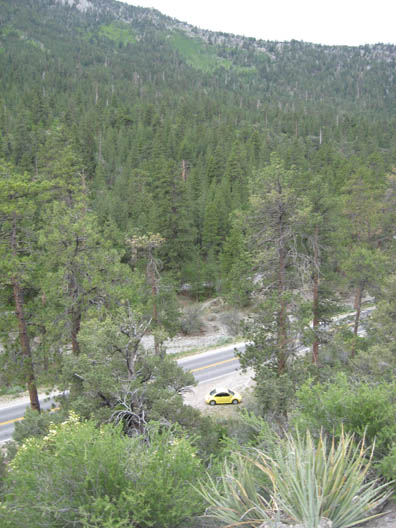
|
A Long Way To The Top
Although the foothills are desert, as you ascend the mountain's uppermost region you're eventually surrounded by an alpine forest. 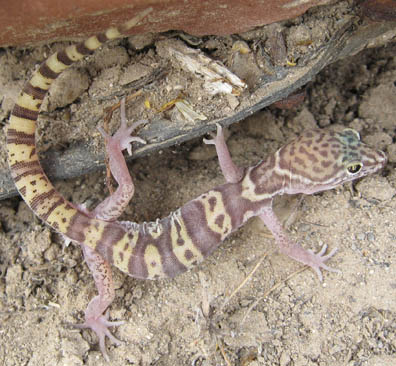
| Desert Banded Gecko These very delicate looking geckos manage to live in extremely dry parts of the desert by retreating underground during the heat of the day, emerging in the evening to forage for beetles and other insects. Click here to see another gecko picture 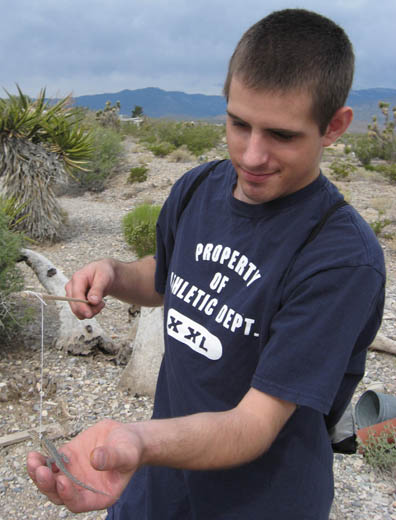
Noosed
| Matt nooses a Sideblotched Lizard. Noosing is a method of catching reptiles that involves slipping a string attached to a stick around the lizard's neck. Click here to see what Matt caught 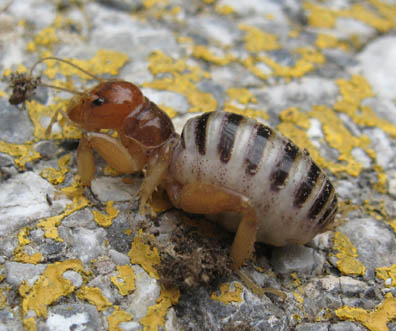
Awesome Abdomen
| I had no idea that Jerusalem Crickets lived on the mountain, but we ended up finding several. 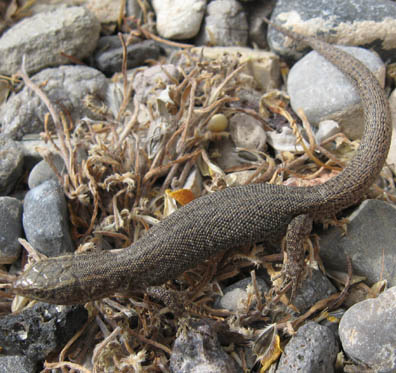
Night Lizard
| Night Lizards are small, live-bearing lizards. Contrary to the reproductive strategies of most small lizards, they have very low reproductive rates, giving birth to only one or two offspring, after a gestation period of about three months. They generally take several years to reach maturity. However, the very limited lifestyle of night lizards contributes to a high life expectancy. Click here to see another pic 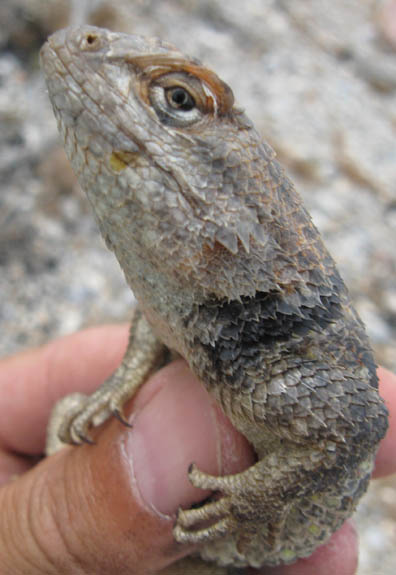
Fine Spine
| Desert Spiny Lizards have pointed scales and will often run up into trees (when available) to escape being caught. Click here to see another photo of this lizard 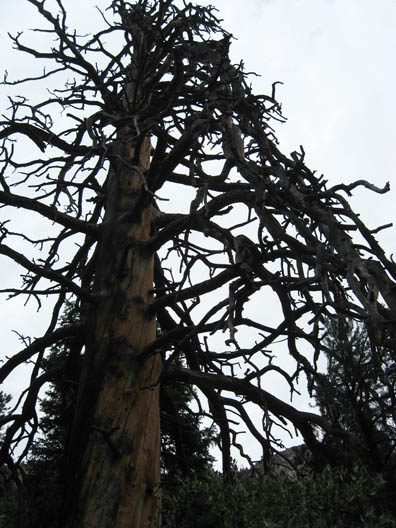
Thunderstruck
| A Pondersosa Pine Tree with severe lightning damage. 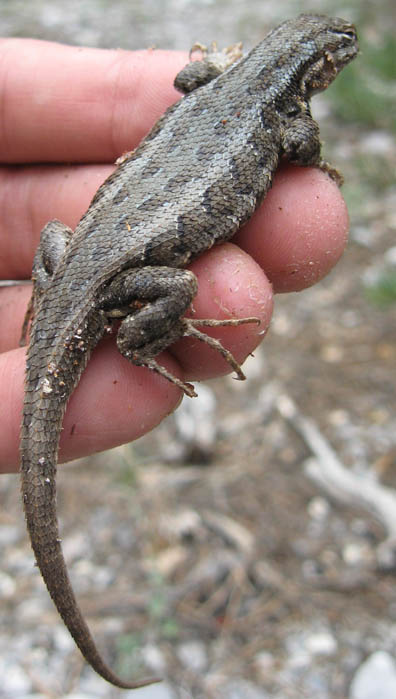
Sagebrush Lizard
| This lizard is commonly found in mid to high latitudes in the western United States. Like the Spiny Lizard, the Sagebrush belongs to the genus Sceloporus. Click here to see another photo |
